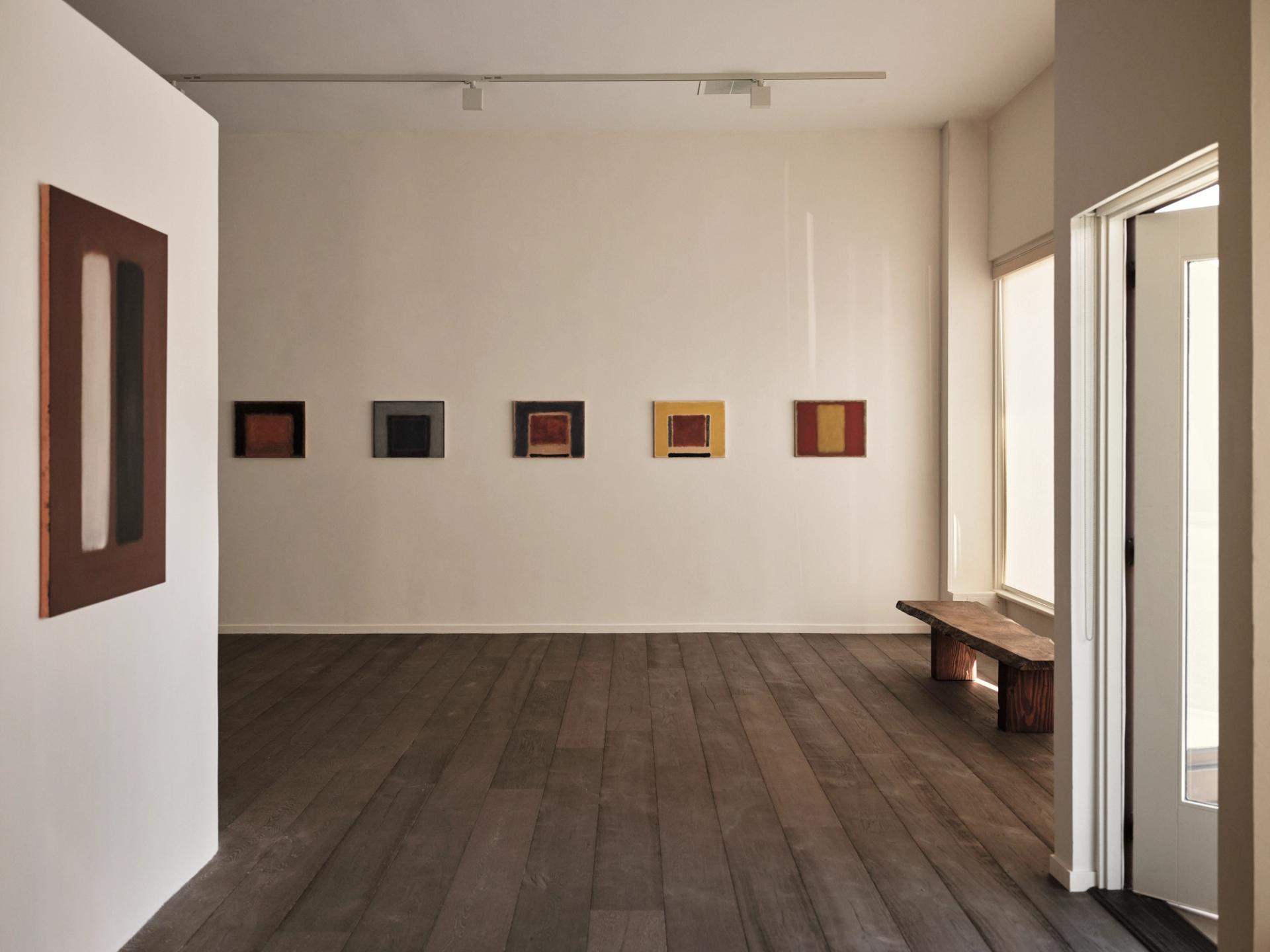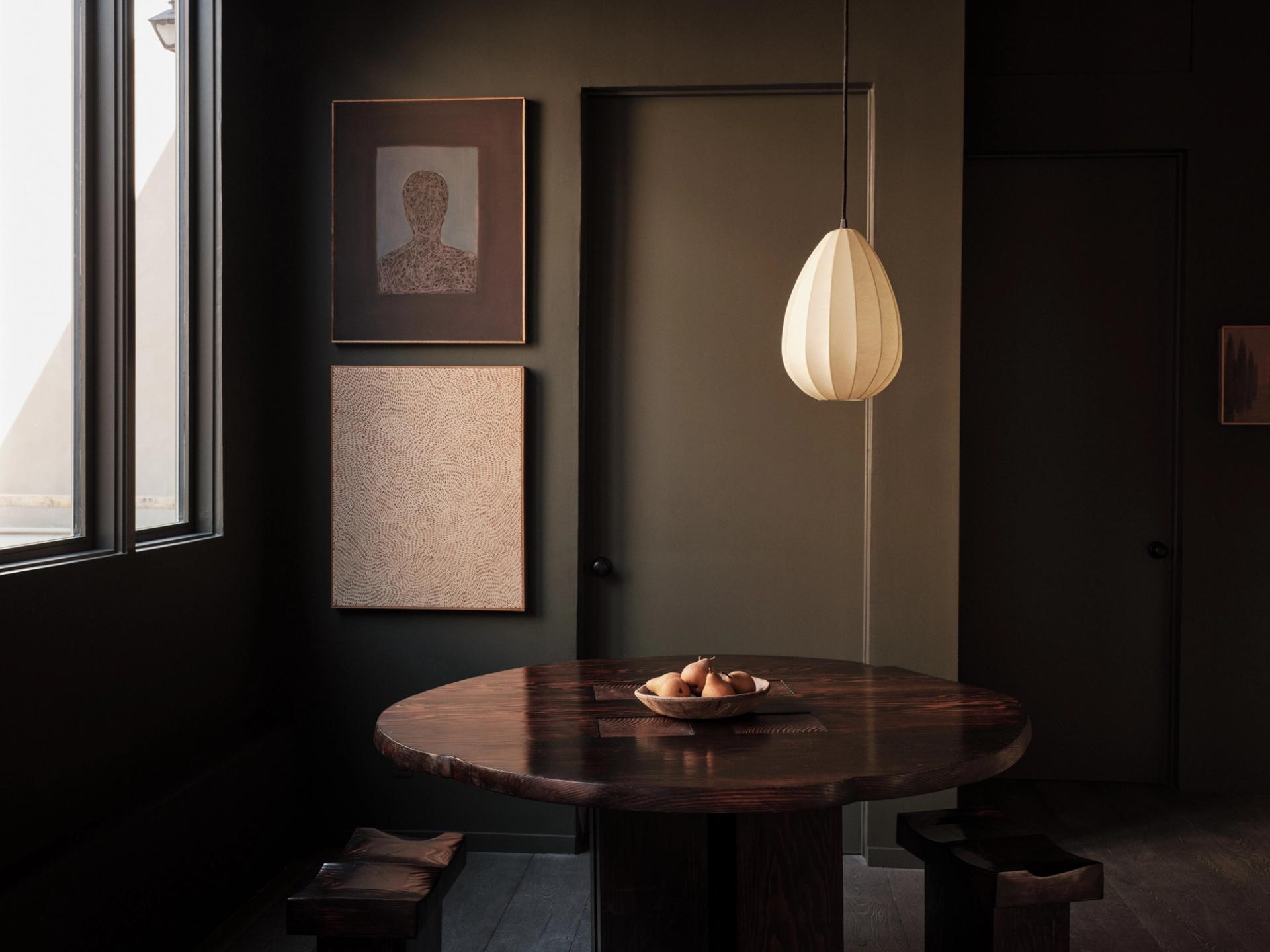John Zabawa
Spanning minimalist presentations and classical still lives, painter John Zabawa is not married to any school or style – instead, he seeks the best way to convey his message, to express something of himself and his process. Having trained initially as a graphic designer, Zabawa sees painting as an act of rebellion, a way to break free from the rules of ‘good’ design. “I’ve spent the last few years trying to unravel and unlearn, because I don't want my painting to be guided by rules and angles,” he says. “I want my art to come from the soul, from feeling and vulnerability, sensitivity and emotion – not from the hand, but from the heart.”
Zabawa’s practice takes many forms: painting, of course, but also poetry and music, with each aspect feeding into the other: “Being multidisciplinary is like learning another language: you’re able to think about and articulate ideas in very different ways,” he says. As a painter, Zabawa is similarly multilingual, moving seamlessly between glowing abstract expressions and crisp figurative compositions.
Using only pure colour (those that derive from a single pigment rather than pre-mixed shades) , Zabawa’s palette consists of just six hues: ultramarine blue, cadmium yellow, cadmium red, burnt sienna, mars black and titanium white. From these pure pigments, the artist creates his own mixes and blends, producing a range of muted tones and sun-bleached shades that speak to his temperament and preferences. “I spend a lot of time mixing colour and trying to find colour relationships,” he says. “Living in LA, you can’t help but embrace warmth – the reds and yellows – but lately I’ve been immersed in searching for harder to find colours: darker, deeper shades – such as the deepest shade of red you can make without it being black.”
Van Gogh, George Braque, Milton Avery, Félix Vallotton, William Scott, Rothko; these artists offer lessons in form and balance, rhythm and colour, but however much Zabawa admires these masters for their technical prowess, it is their depth and rawness – the emotional resonance of their paintings – that he wishes to emulate in his own work. “Painting has always been very hard for me. It’s never been easy – never once. I think I’ve become so obsessed with it precisely because of how challenging it is.”
Being multidisciplinary is like learning another language: you’re able to think about and articulate ideas in very different ways.
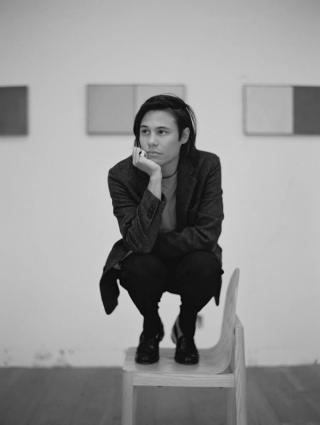
Featured works
 LA Gallery
LA GalleryJohn ZabawaPainted Bodies, 2022

 LA Gallery
LA GalleryJohn ZabawaFlame in the Desert, 2023
 LA Gallery
LA GalleryJohn ZabawaWidening the Center, 2023
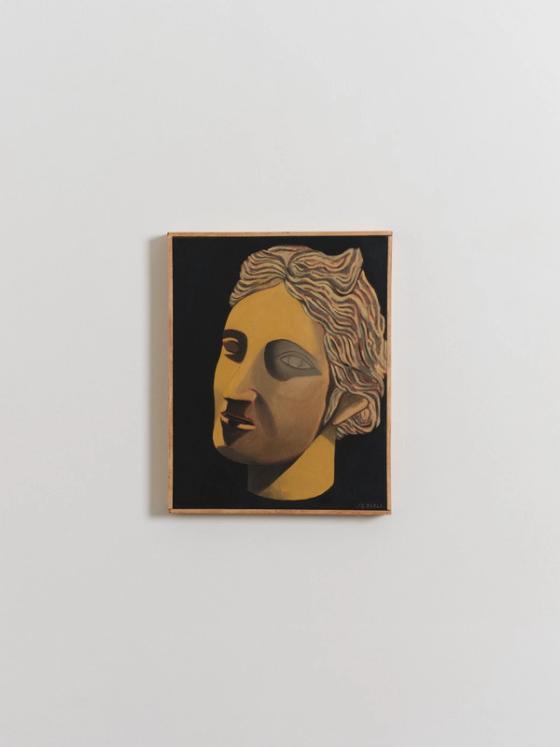 LA Gallery
LA GalleryJohn ZabawaHead of Diana, 2023
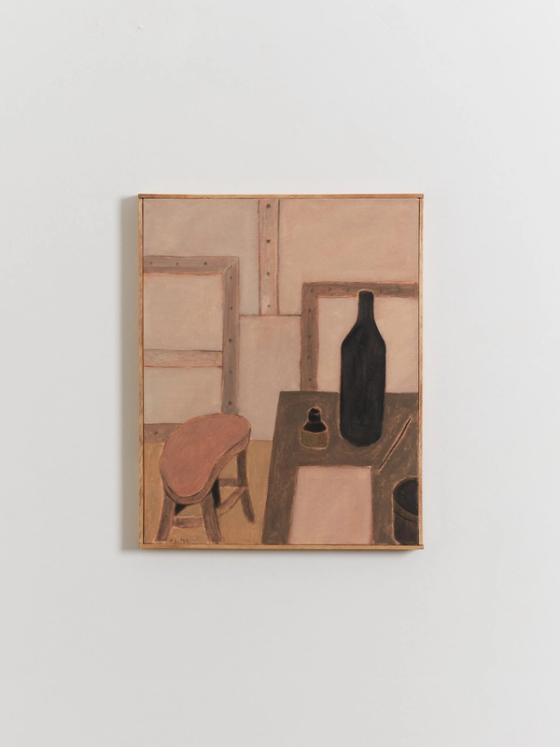
 LA Gallery
LA GalleryJohn ZabawaBirth of the Universe, 2023
 LA Gallery
LA GalleryJohn ZabawaGhost Notes, 2023
